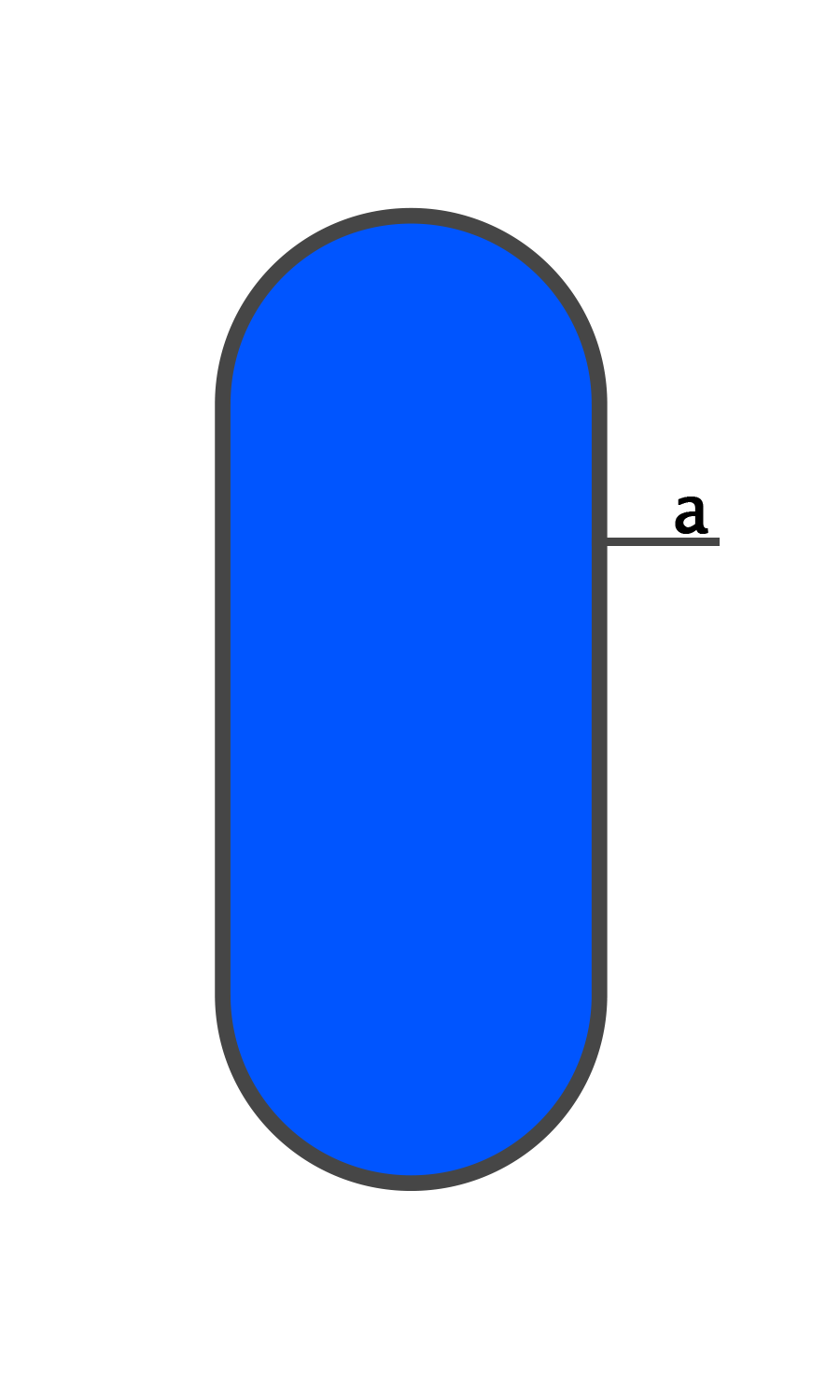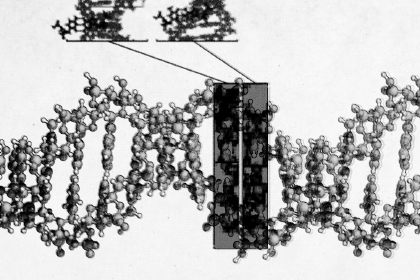

0408 [holo] drue
foram du acep
The holo* strains are one of the notoriously difficult-to-study strains due to their physics-defying properties. Our laster spectroscopy has detected only xenon (specifically Xenon-133) present in the holodrue’s thin body, and yet its matter cannot be otherwise interacted with, and does not behave like a typical gas. Touching the holodrue causes an instantaneous change in human cellular arrangement- a “crystallization” effect that shifts cells into regular, angular patterns. This effect is most commonly encountered in a change to one’s fingerprints - turning its whirls into blocky, right-angled mazes.

above: the inserted genetic code.
Human physical interaction with the holodrue edits the DNA in one’s cells at the point of contact. It inserts the same DNA code in each instance. The genetic code appears to be largely nonfunctional, with long sequences of repetitions. One functional gene that is included is an atypical version of the human acetylcholine receptor gene CHRNA7. Effects of this gene-edit on the human body are unknown as it has not been studied in germ lines. Further study is warranted and we are actively seeking volunteers to help us explore this effect.
commercial value:
unknown